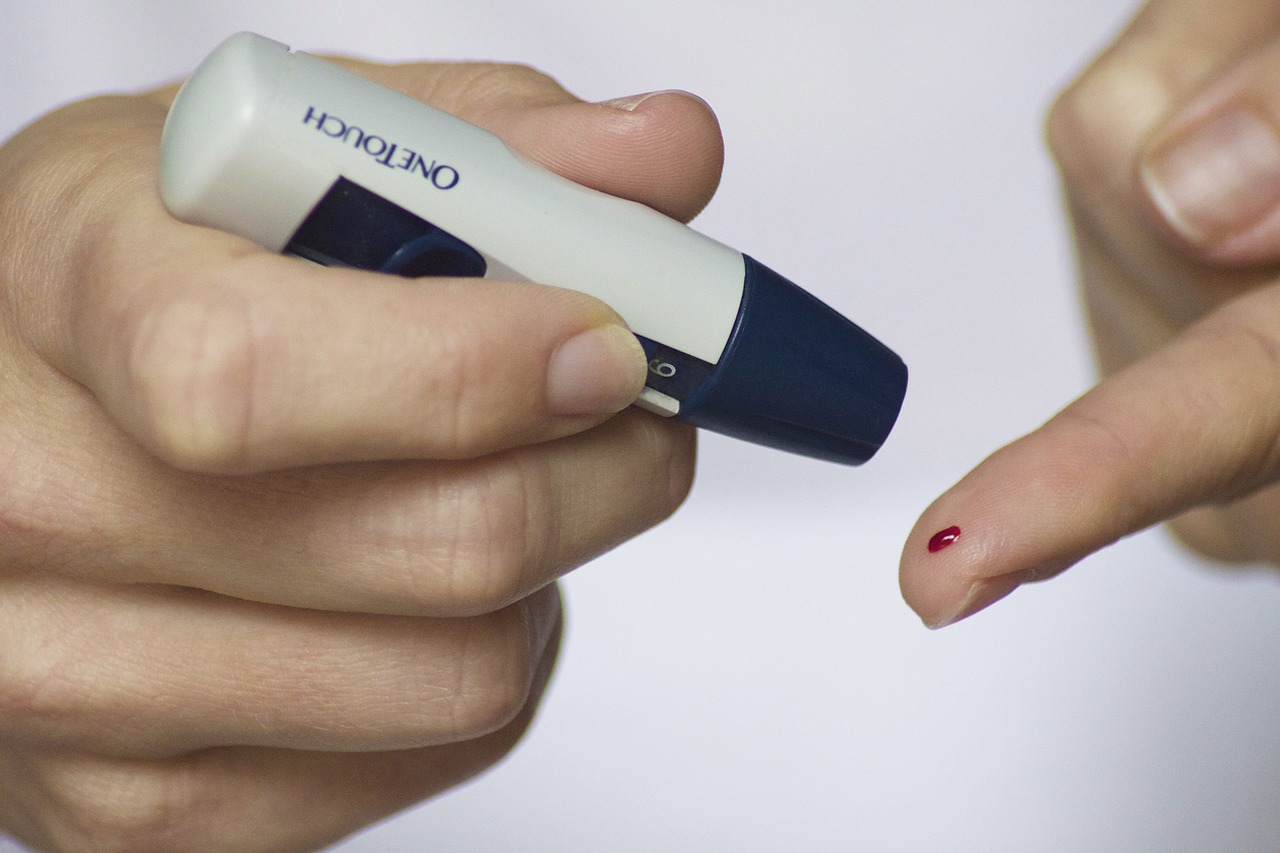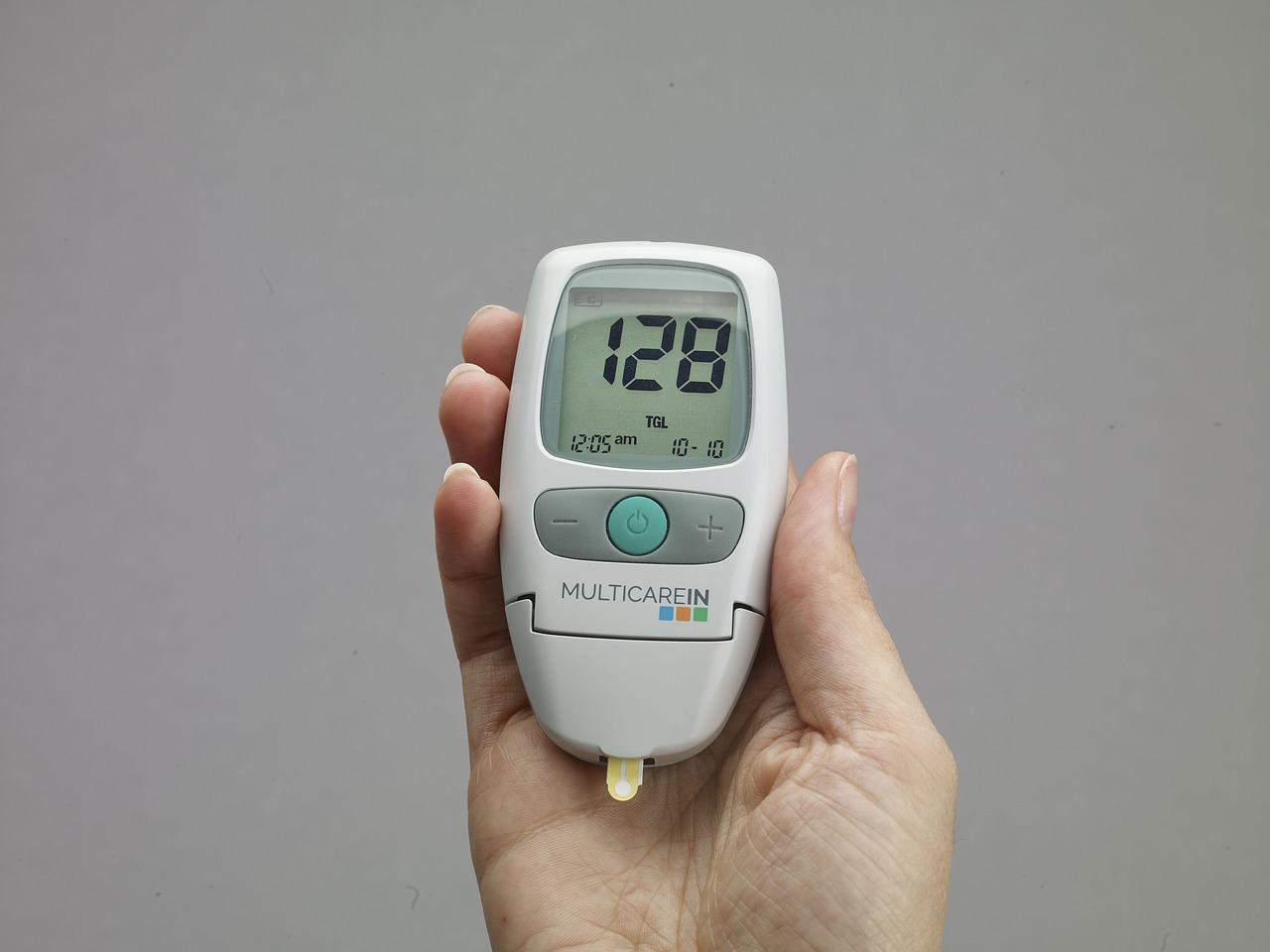Regular exercise is a powerful tool in the management and prevention of diabetes. Physical activity not only helps control blood sugar levels but also improves insulin sensitivity, aids in weight management, reduces the risk of cardiovascular complications, and enhances overall well-being. Here’s a closer look at the benefits of exercise for individuals with diabetes.
One of the primary benefits of exercise is its impact on blood sugar regulation. When muscles are active during exercise, they take up glucose from the bloodstream to use as fuel, which helps lower blood sugar levels. Regular physical activity can improve insulin sensitivity, making the body’s cells more responsive to the insulin produced by the pancreas. This can lead to better glycemic control and reduced reliance on diabetes medications.
Exercise also plays a vital role in weight management. Obesity is a significant risk factor for developing type 2 diabetes and can make blood sugar control more challenging. Engaging in regular physical activity helps burn calories, maintain a healthy weight, and promote fat loss. Even modest weight loss can have a significant impact on blood sugar control and overall health outcomes.
Moreover, exercise offers cardiovascular benefits for individuals with diabetes. Diabetes increases the risk of heart disease and stroke, but regular physical activity can help reduce these risks. Exercise improves cardiovascular fitness, lowers blood pressure, reduces bad cholesterol (LDL), and increases good cholesterol (HDL). These improvements contribute to a healthier heart and blood vessels.
Physical activity also offers psychological and emotional benefits. Regular exercise has been shown to reduce stress levels, improve mood, boost self-esteem, and promote better sleep. Managing diabetes can be stressful, and exercise can serve as a valuable outlet to relieve stress and enhance overall well-being.
When incorporating exercise into a diabetes management plan, it’s important to consider a few key factors. Individuals should consult with their healthcare team to determine the most suitable exercise program based on their medical history, current fitness level, and individual goals. Starting slowly and gradually increasing intensity and duration is recommended to avoid injury and allow the body to adapt.
A combination of aerobic exercise, such as brisk walking, cycling, or swimming, and strength training exercises is typically recommended for individuals with diabetes. Aerobic exercise helps improve cardiovascular fitness, while strength training enhances muscle strength, which aids in blood sugar regulation.
Monitoring blood sugar levels before, during, and after exercise is essential. Individuals should be aware of the signs of low blood sugar (hypoglycemia) during exercise, such as dizziness, shakiness, or confusion, and take appropriate action if needed, such as consuming a snack or glucose tablets.
In conclusion, exercise is a powerful tool in the management and prevention of diabetes. Regular physical activity offers numerous benefits, including improved blood sugar control, enhanced insulin sensitivity, weight management, cardiovascular health, and overall well-being. By incorporating exercise into their daily routine, individuals with diabetes can take control of their health and improve their quality of life.

